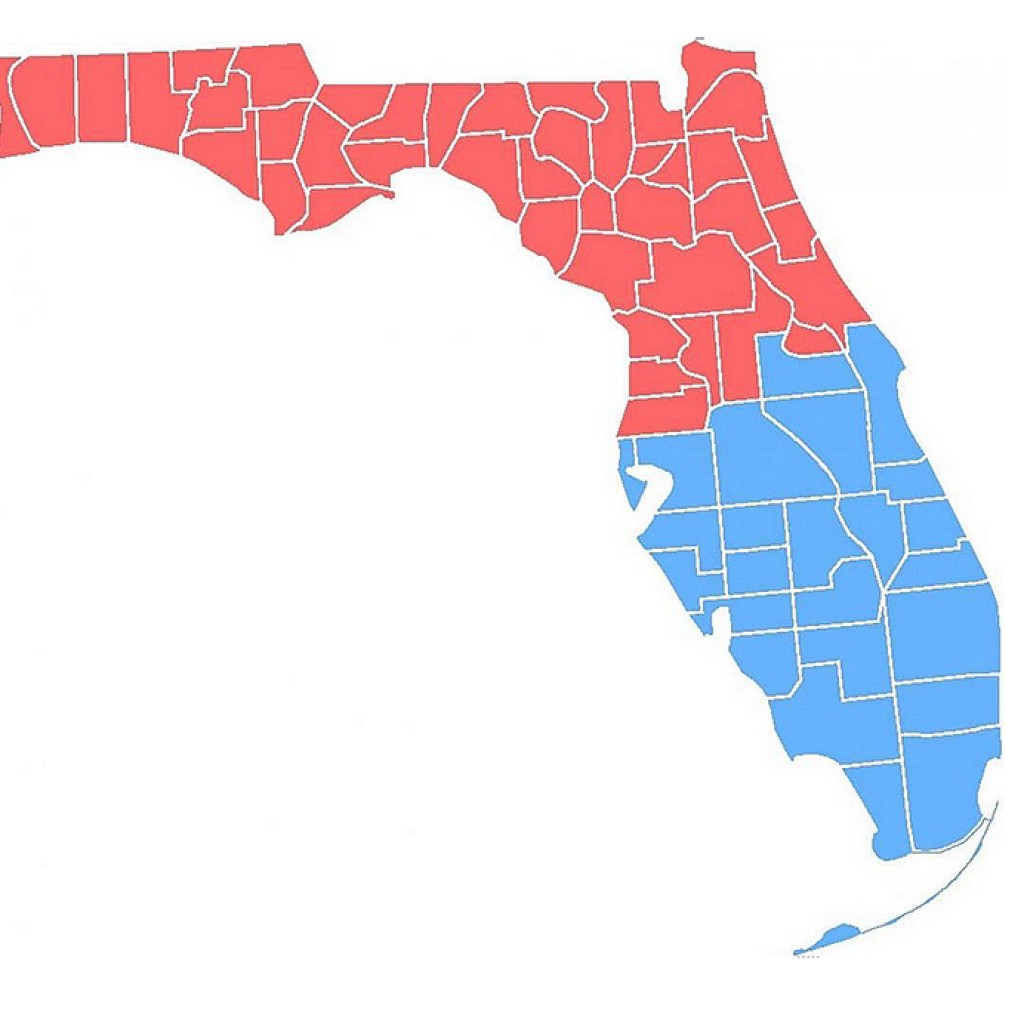
Some South Florida politicians say they’ve been ignored long enough by state leaders in North Florida. Now they want their own state.
The South Miami City Commission is urging the creation of a new state of “South Florida.” It’s a symbolic resolution, aimed at showing leaders in Florida’s current capital of Tallahassee that they’re not doing enough to address concerns about rising sea levels at the southern end of the Florida peninsula.
“Everybody who lives in Florida knows the northern part of Florida is really a southern state and the southern part of Florida is the economic and social capital of the Caribbean and Latin America,” said South Miami Mayor Philip Stoddard. “So it really feels like two different states.”
Not everyone is sold on the idea. Commissioners in Indian River County, which would be part of this new South Florida state, passed their own tongue-in-cheek resolution opposing secession. Many Indian River residents think they’ve already escaped from the problems to the south, it said, and they “may well be traumatized by becoming part of a state of South Florida.”
Secession is a highly unlikely scenario, since it would need approval by the U.S. Congress and Florida voters.
But The Associated Press took a look at the idea anyway, crunching some numbers to see what South and North would look like if Florida were to be carved in two along the proposed east-west border, running from just above Tampa Bay and Orlando to Cape Canaveral.
If South Florida seceded, how would it compare to what’s left of the state?
TWICE AS BIG
With 13.1 million residents, South Florida would have twice as many people as north of the border, and still rank by itself as the fourth most populous state in the United States. A unified Florida currently is No. 3, behind California and Texas.
STILL FAITHFUL
North of the line, there would be twice as many churches per capita. South of the line, there would be seven times as many as synagogues.
MORE DIVERSE
North of the border, almost 3 of every 4 people would be non-Hispanic white, compared to around half in South Florida. Hispanics would make up almost 30 percent of South Florida’s population, more than three times their share up north. Both sides would have roughly the same share of black residents — about 15 to 16 percent — and Asians — 2.5 percent.
OLDER
North Floridians would have a median age about two years younger than South Florida’s median age of 43.3.
WEALTHIER
The money is in South Florida, where average household incomes are about 12 percent higher than north of the border — $63,352 versus $56,544. Twice as many South Floridians have household incomes over $200,000 — almost 5 percent versus 2.4 percent. Both south and north of the new state line, about 1 in 8 residents would be on food stamps.
MORE DEMOCRATIC
Democrats would make up a plurality of South Florida’s registered voters — around 40 percent, leaving Republicans to make up a plurality, also 40 percent, north of the border. In South Florida, Republicans would account for under a third of voters and the unaffiliated would make up a quarter of voters. Up north, Democrats would be more than a third of voters and the unaffiliated would account for almost a fifth of registered voters.
BUT THEY’D CANCEL EACH OTHER OUT
President Barack Obama won Florida with 50 percent of the vote in 2012, even though Democrats make up 38 percent of Florida’s voters and Republicans 34 percent. If Florida’s 2012 presidential vote were split, Obama would have won 54 percent in South Florida, and Mitt Romney would have won 57 percent in the north.
ANOTHER DAY, ANOTHER DOLLAR
South Florida would have more professionals in its workforce, and larger percentages working in trades and tourism jobs. With the University of Florida, Florida State University and the state Capital, the north would have a larger share of workers in education, health care and government.
LAW & ORDER
The counties that would make up South Florida collectively had higher rates for murder, vehicle theft and burglary in 2013. However, the counties up north had a significantly higher rate of sexual assaults. North Florida would have more prisons and veterans groups.
STATE SYMBOL
Northern Floridians would have to give up Florida’s state symbol, the orange, since more than 90 percent of Florida’s citrus groves would be south of the line.
Republished with permission of the Associated Press.



